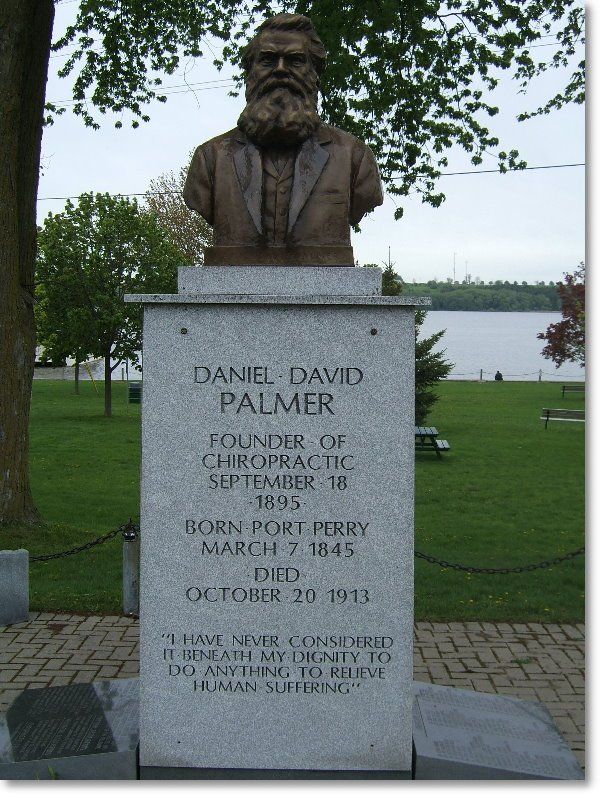Whiplash Symptoms and Treatment
Neck Sprains and Whiplash Injuries: Symptoms and How to Speed Recovery

Neck sprains and whiplash can be painful and disruptive. Learn how to identify symptoms and accelerate your healing after an accident.
In 2022, over 5 million people needed medical attention after an auto accident. One widespread accident-related injury is a neck sprain or whiplash.
If you’ve been in a car accident, you know neck sprains are no joke. Depending on their severity, they can cause lasting harm. This is particularly true if you’re more prone to these injuries or don’t treat them promptly and efficiently.
Want to know more about how to deal with a neck sprain after a car accident? Here’s why these injuries are dangerous, how to recognize their symptoms, and how to treat them!
What Are Neck Sprains?
A neck sprain happens when a sudden movement forces your neck and upper spine to move in an unnatural way. This condition can have a wide range of effects.
Medical personnel and first responders will often treat a neck sprain as an emergency condition. Healthcare providers will approach it with caution until they can treat and stabilize the sprain or rule out this kind of injury.
Who Do Neck Sprains Affect?
A neck sprain can affect anyone. That said, it’s more likely to cause lasting injuries in two particular groups: women and older adults.
In general, neck sprains are more dangerous to older adults (over the age of 65). That’s because they’re more prone to bone and muscle injuries of any sort. This happens due to bone deterioration and age-related muscle weakness.
Women are more likely to suffer neck sprains in car accidents due to a variety of factors:
Height: Women are shorter than men on average
Muscle differences: Women usually have less muscle tissue
Spine structure differences: Women have a different spinal column structure
How Do Neck Sprains Affect You?
Neck sprains occur due to inertia affecting the human body. They’re a big reason why car accident injuries often involve big settlements.
Let’s say you’re a passenger in a moving car. If the driver suddenly brakes, inertia will keep your body moving even as the car is stopping. And if they suddenly step on the gas, inertia will force your body to press back into your seat.
Now think of your brain as a passenger in your skull. Any sudden movement may cause your brain to hit the inside of your skull. This is where your neck acts as a shock absorber, twisting or extending to minimize brain movement.
The sharper the movement, the greater the force on your neck. That said, even a weak level of force can cause a severe neck sprain. At the very least, a sprain can cause the vertebrae in your neck to break and damage your spinal cord.
The symptoms of neck sprains often depend on their timing. Some symptoms will appear right after a crash, and others may take a few days to appear.
Neck sprains can have various effects based on their severity. This is why we have a grading system for the associated disorders:
Grade 0: No injuries
Grade 1: Pain only
Grade 2: Pain and signs of injury
Grade 3: Pain and signs of injury plus neurological effects
Grade 4: Severe pain and serious or dangerous neurological effects
Grade 0: At this level, a person with a neck sprain doesn’t show signs of injury. They also don’t feel any pain.
Grade 1: A person will feel some pain and may also show stiffness when moving. The area around the sprain may also be tender to the touch.
Grade 2: A person shows Grade 1 symptoms, as well as physical signs of an injury. The pain may radiate to the head, face, back, and shoulders. Other symptoms of a Grade 2 neck sprain include: Muscle spasms, Bruising, Swelling
Grade 3: With a grade 3 sprain, swelling or inflammation will disrupt nerve signals going through the injured area. Symptoms include the following.
Headaches
Muscle weakness
Burning or tingling feeling in the neck and surrounding areas
Numbness in the neck and surrounding areas
Hoarseness or loss of voice
Vertigo or dizziness
Vision issues
Grade 4: This level includes all the above symptoms, but they’re more severe. This often happens when at least one neck vertebra is misaligned, pressuring the spinal cord or nearby nerves. This is a common cause of catastrophic injuries.
Diagnosing a Neck Sprain
Neck sprains involve diagnosis by exclusion. This means that healthcare providers will run a series of tests to rule out more serious conditions, such as:
X-rays
Computerized tomography (CT) scans
Magnetic resonance imaging (MRI) scans

How to Treat Neck Sprains
Neck sprains are treatable, but there’s no way to cure them directly. The goal of treatment is to support the process of the sprain healing on its own.
The best way to treat a neck sprain will depend on its severity. Some people may also need help with chronic issues that occur as a result of the sprain. Here are the most common treatments for neck sprains.
Medications
Medications are a key part of treating neck sprains. They can address most of the symptoms and provide quick neck pain relief. Some common medications used for treating neck sprains include:
Painkillers
Muscle relaxers
Anti-inflammatory drugs
Nerve blocks
Immobilization
People with possible neck sprains will often immediately receive protective care. One common example is the cervical collar (C-collar). This brace has a rigid frame that holds your neck and head in alignment, preventing spinal cord damage.
Therapy
A neck injury treatment regimen can include various forms of therapy. These include the following.
Physical therapy
Radiofrequency (RF) nerve ablation
Transcutaneous electrical nerve stimulation (TENS) therapy
Surgery
In rare cases, neck sprain injuries may require spine surgery. You may need it if you have torn neck ligaments or fractured vertebrae. Surgery may help stabilize the affected areas of the spine, preventing further nerve damage.
Grappin Clinic has successfully treated patients for neck sprain and injury as well as whiplash. Call 941-426-9551 today and select a Clinic location nearest you to schedule your appointment.
Excerpt from article Originally Posted On: https://www.boettcherlawoffice.com/neck-sprains-and-whiplash-injuries-symptoms-and-how-to-speed-recovery/
























